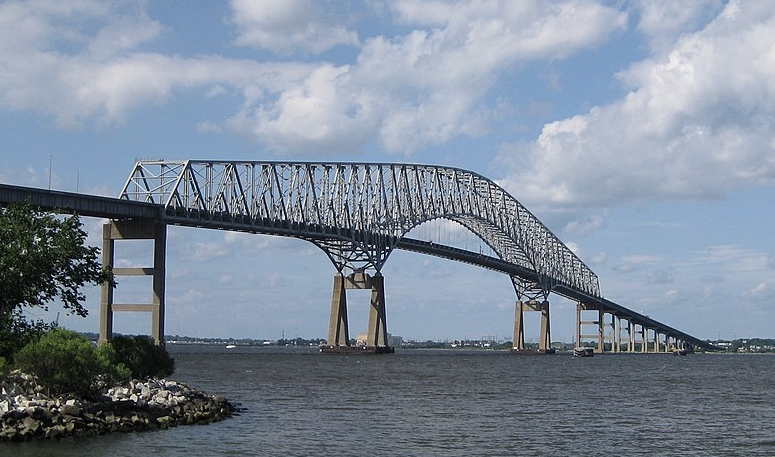
Overview
In the early hours of a recent Tuesday, a catastrophic event unfolded in Baltimore as the Francis Scott Key Bridge collapsed following a collision with a container ship. This incident has prompted a large-scale search and rescue operation, with emergency responders working diligently to find at least seven people missing in the aftermath. Two individuals have been recovered thus far, with one being hospitalized in serious condition. The impact of this disaster has rippled through the community and has drawn attention from both state and federal officials.
Why It Matters
This tragic event underscores the critical importance of maritime and infrastructure safety, highlighting the potential consequences of negligence and the need for stringent oversight to protect American lives and assets.
Who It Impacts
This catastrophe affects not only the direct victims and their families but also disrupts the lives of Baltimore residents and could have significant implications for the region’s economy and transportation systems.
In the predawn quiet of Baltimore, disaster struck when the Francis Scott Key Bridge, a vital artery for the city’s transportation network, was brought down in a dramatic collapse.
The incident occurred after a collision with the Dali, a container ship chartered by the Danish shipping giant Maersk. The ship, en route to Sri Lanka and laden with cargo belonging to Maersk customers, inadvertently struck one of the bridge’s supports, leading to a scene of chaos and destruction captured in chilling video footage.
Emergency responders, including dive teams, were promptly dispatched to the site, embarking on a search and rescue operation amidst the debris and frigid waters of the Patapsco River. Baltimore Fire Chief James Wallace confirmed that the mission remains in an “active search and rescue posture,” a daunting challenge given the scale of the catastrophe. The response efforts were complicated by the revelation that contractors were working on the bridge at the time of the collapse, raising concerns about the potential number of victims.
BREAKING: Ship collides with Francis Scott Key Bridge in Baltimore, causing it to collapse pic.twitter.com/OcOrSjOCRn
— BNO News (@BNONews) March 26, 2024
The shockwaves of this tragedy were felt far beyond the immediate vicinity of the collapse. Maryland Transportation Secretary Paul Wiedefeld and Baltimore Police Chief Richard Worley were quick to address the public, emphasizing the absence of any evidence suggesting a deliberate act. This stance was echoed by the White House, which is “closely monitoring” the situation and has found “no indication of any nefarious incident.”
As the city grapples with the aftermath of this unprecedented disaster, the focus has turned to the investigation of its causes and the long-term implications for Baltimore’s infrastructure and safety regulations.




